Covering Australia's Black Summer bushfires changed local journalist Tom McGann.
Subscribe now for unlimited access.
or signup to continue reading
With the wreckage of his home smouldering he headed out, pen and notebook in hand, to tell the stories of loss from neighbours and friends.
"It's completely changed me as a person because it was, without a doubt, the scariest thing I've ever been through," the 21-year-old said.
Mr McGann's family home in Mogo, 10 minutes from Batemans Bay on the NSW south coast, was destroyed during the deadly bushfires which claimed 33 lives and razed 3000 homes.
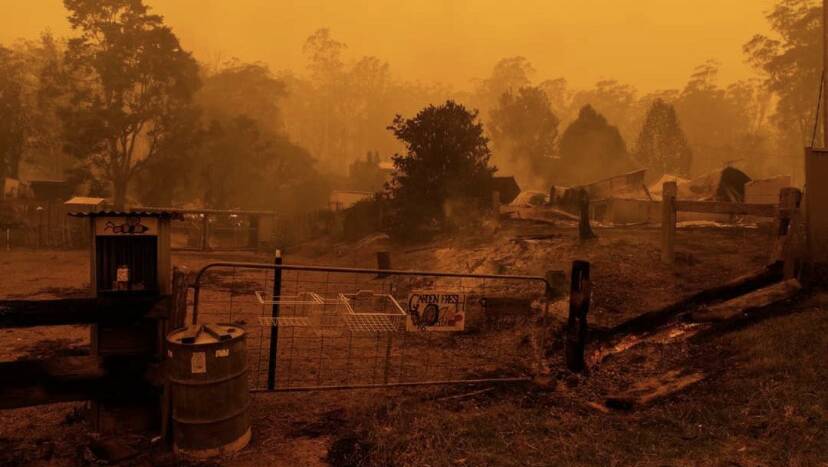
He still remembers the blistering heat and eerie silence the morning the blaze tore through.
Evacuation centres were teeming with survivors who'd lost everything when journalists from metropolitan areas flocked to the regional town.
"Evacuation centres ended up putting signs out the front saying 'no media beyond this point'," Mr McGann said.
A shared loss
Unlike journalists parachuted in from cities, the South Coast Register reporter had known many of these people for his whole life - and their stories were his story, too.
"I wanted to tell the stories of people who had lost everything, as someone who had lost everything," he said.
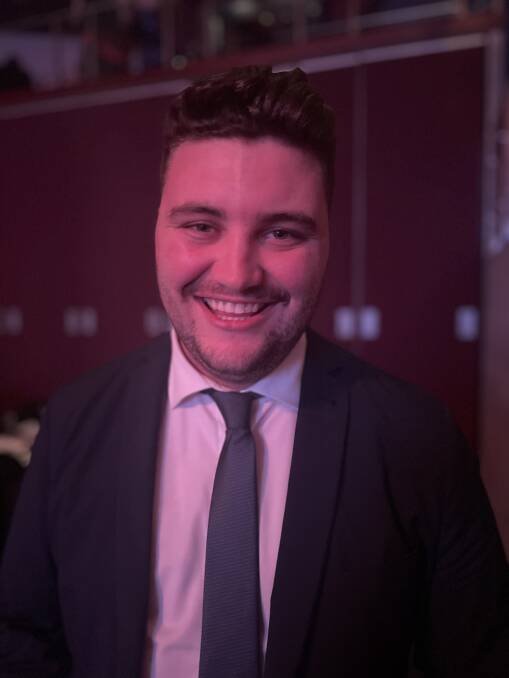
When Mr McGann wrote an article on the destruction of Mogo's leather shop, in a building across the road from his home, the owners were happy to share their heartbreak because they knew he carried it, too.
"When they were telling me their story ... I would then tell them mine as well and it was a way to deal with it together," he said.
"In a way it was kind of a therapeutic thing for the both of us."
At the coal face of climate disaster
Local journalists navigate a fraught space between community and personal grief when large-scale tragedy, like floods and fires, strikes a regional community.
There's nowhere to hide from the pain of family, friends and neighbours sharing their stories of devastation. They live where they work.
You're listening to everybody's trauma, but you're kind of living it.
- Cathy Adams, Lismore City News journalist and photographer
Lismore-based journalist and photographer Cathy Adams said covering the NSW Northern Rivers town's 2022 floods has severed any barrier between work and personal life.
"You're listening to everybody's trauma, but you're kind of living it," Ms Adams said.
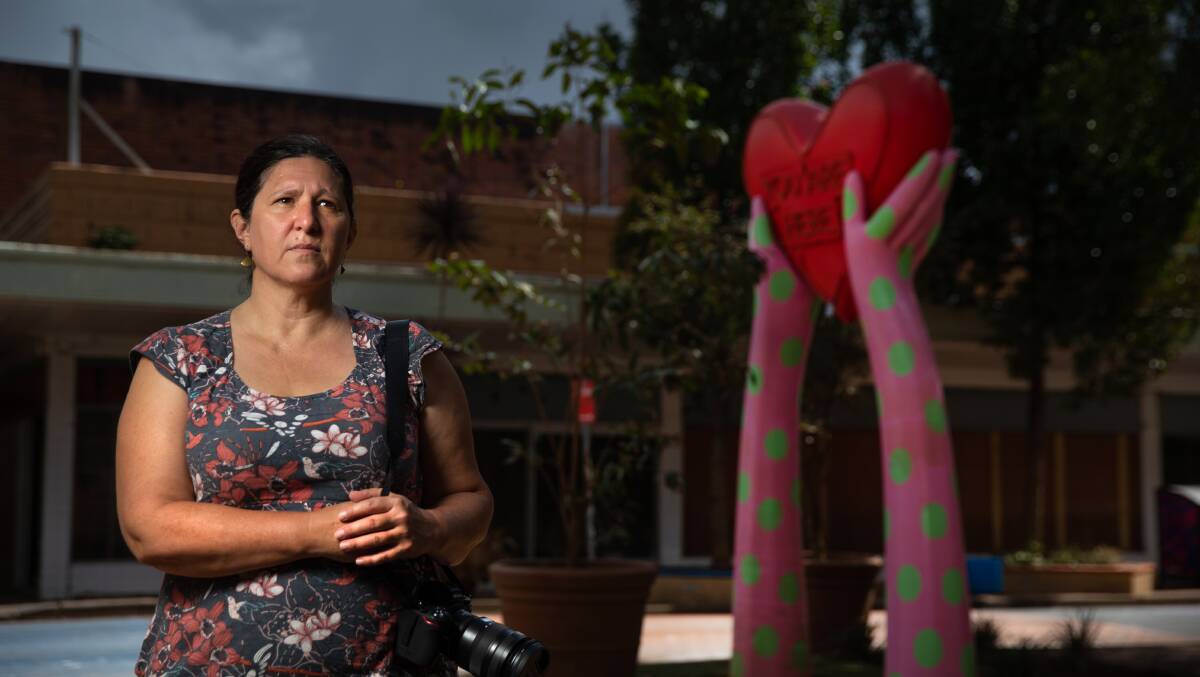
In the weeks after the March floods, the Lismore City News reporter would return after work to a house with no electricity or hot water and confront her own slice of the disaster.
Some 2000 of Lismore's buildings were declared uninhabitable in the wake of the floodwaters. Her community was fractured.
"Just understanding how that was going to impact somebody you knew really kind of undid me a bit," she said.
Every day as she heads to work she's reminded her community has thinned.
"At night, particularly when the lights aren't on, it's like, 'Where are all those people?'" she said.
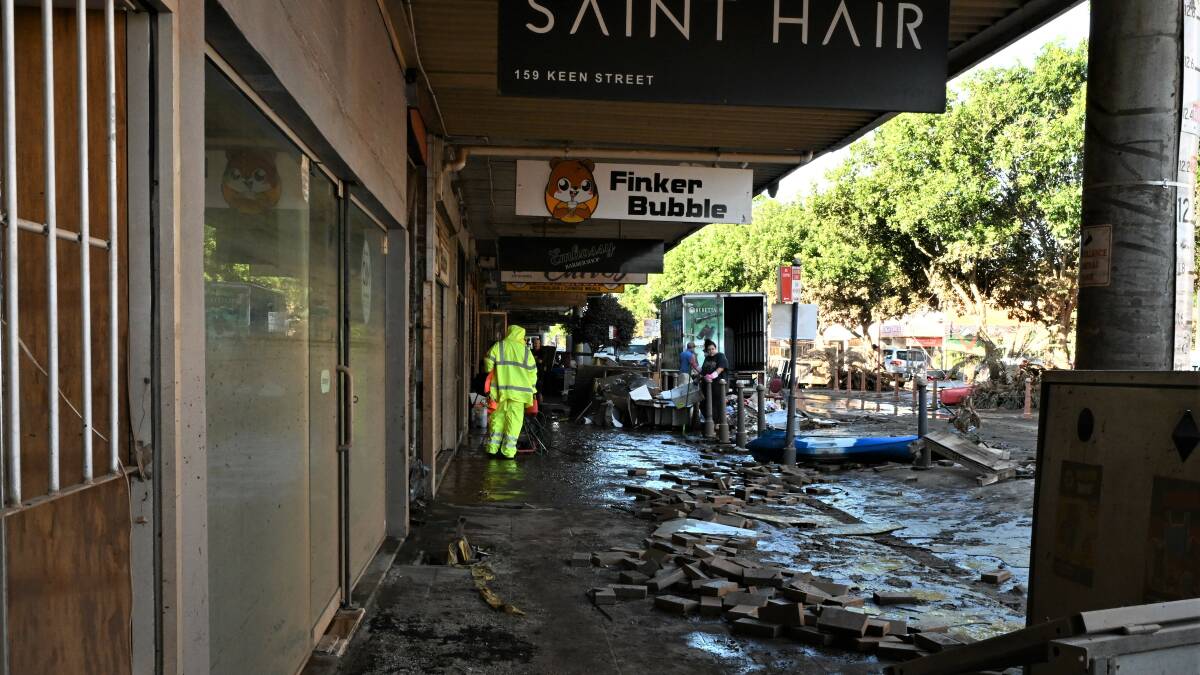
Isolated, but connected
Port Macquarie journalist Ruby Pascoe was living in Crescent Head when flash flooding hit in March 2021, cutting off the small community from the outside world for 12 days.
Food had to be shipped across waterways and a helicopter dropped off medical supplies to people in need.
It was the first time the 27-year-old had covered a natural disaster that she was also living through.
The Port Macquarie News reporter kept working, getting emergency warnings and local stories to her readers.
"I wasn't really thinking about it at the time," she said. "I was just focusing on doing work."
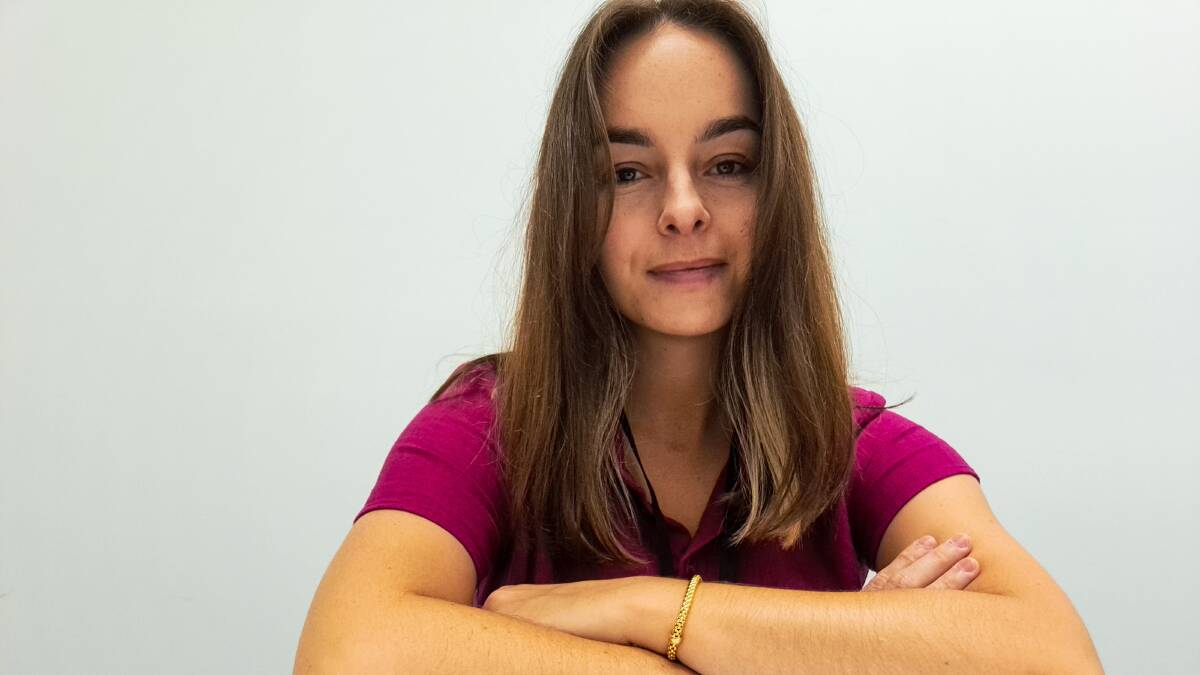
Giving communities a voice
The creeping effects of climate change are now everyday, dramatic news events across Australian regional communities.
And Ms Pascoe is proud she can give her neighbours and friends a voice.
"That's something that we can do, realise that these issues are happening, cover it - whether it be climate change or something else - get people to talk about it and get it out there in the open," she said.
Rosie's story
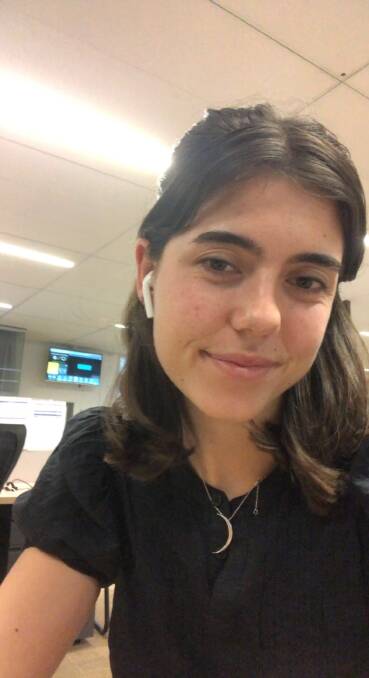
I moved to the Gold Coast from Sydney during the Christmas of 2010. I was 11 and it rained that whole summer.
I didn't realise the enormity of the flooding event that was taking place just an hour north in Brisbane and the dozens of lives that were lost. All I knew was I'd moved to a place known for its beautiful, sunny days - and all I saw was rain.
In January this year I moved to Wollongong to start my first job as a journalist. It rained for the first three months and everyone I spoke to reassured me that the summers here "aren't usually like this".
Talking to people for this series, I realised what's considered "normal" no longer matters. Australia keeps breaking its own weather records. Weather events that are unusual or unprecedented seem to happen every month.
As a young person, I'm part of a generation inheriting a world that's fracturing as it warms. Climate change is threatening my generation's future. But the number of amazing, talented people working on innovative solutions is cause for hope.
In every region of our disaster country there's people fighting for the future.
You can read the full Young and Regional: Our Climate Future series here.


